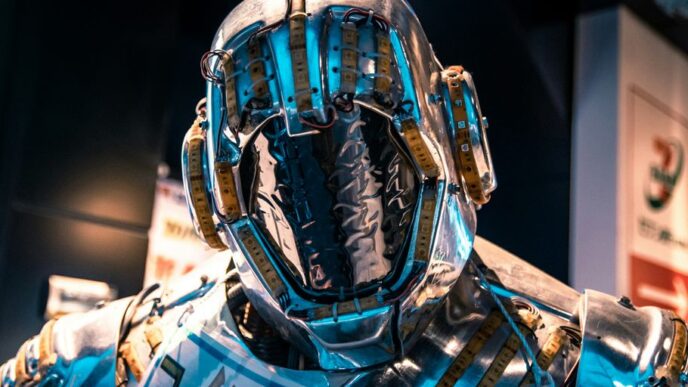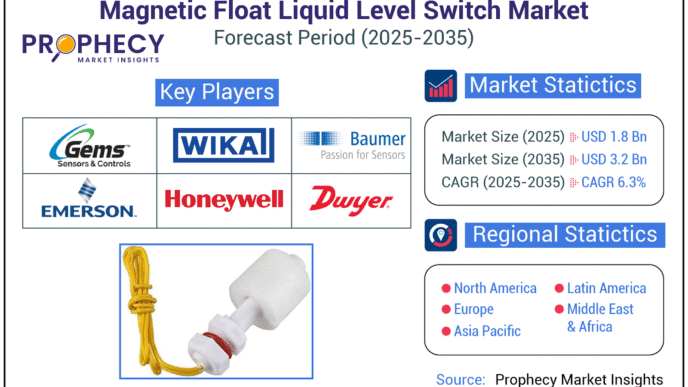An American-based company claims to have created a mobile device that allows 3D printing by optimising the light from users phone screen.
OLO device is modelled to be simple, comprising of three plastic pieces, and one motor, one chip, operated by four AA batteries. Its size is about 720x1150x1480mm and weighs about 780 gram. Once an object has been loaded on the OLO mobile application, users then place the smartphone in the base. The resin chamber, which offers 400 cubic centimetres of printing capacity, is seated above to hold the right resin. The top piece is set strategically for a complete seal and OLO will be prepared for printing.
The OLO 3D company, located in San Francisco in the United States of America, found something absolutely new, which is currently known as “daylight resin.” This photopolymer is designed to respond to white-light emitted by smartphone screens occurring as a result of exposure.
This software processing is handled by the OLO application, available for iOS, Android and Windows. There is no manual calibration that is required, researchers at the company said.
As soon as an object has been loaded and printing commenced, the application commands the smartphone to light up specific pixels for a specific amount of time. Resin affected by the light transforms from a goo-like material into hardened substance.
The OLO phone 3D printer continues this process, layer by layer, until the object is finished and resin consumed.
Another technology that help designers is modelling device, designed to make 3D printing faster. Normally, the easiest designs require expertise with computer-aided design (CAD) applications. Designers target to change that, with new design that automatically converts CAD files into visual designs that users can change in real time.
For users of a CAD, modifying a design means changing numerical value in input fields and waiting for a minute while the programme recalculates the geometry of the associated object. When the design is finalised, it has to be tested using simulation software. Those tests can take several minutes and need to be rerun every time the design changes.
The new system, referred to as Fab form, begins with a design made by a seasoned CAD user. It sweep ups through a wide range of values for the design parameters The process would take more hours on a single computer, however, in their experiments, the researchers divided the tasks among servers in the cloud. They tested eight models, including a chess set, a high-heeled shoe, a toy car, and a coffee mug.
The research results shows that the system has clever tactics that use similarity in design variation to compress the data, with the largest model, taking up to about 17GB. The new system also produces a user interface that can be opened in a normal browser. The system reject all the parameter values that lead to unprintable designs and sliders are restricted to only valid designs.











